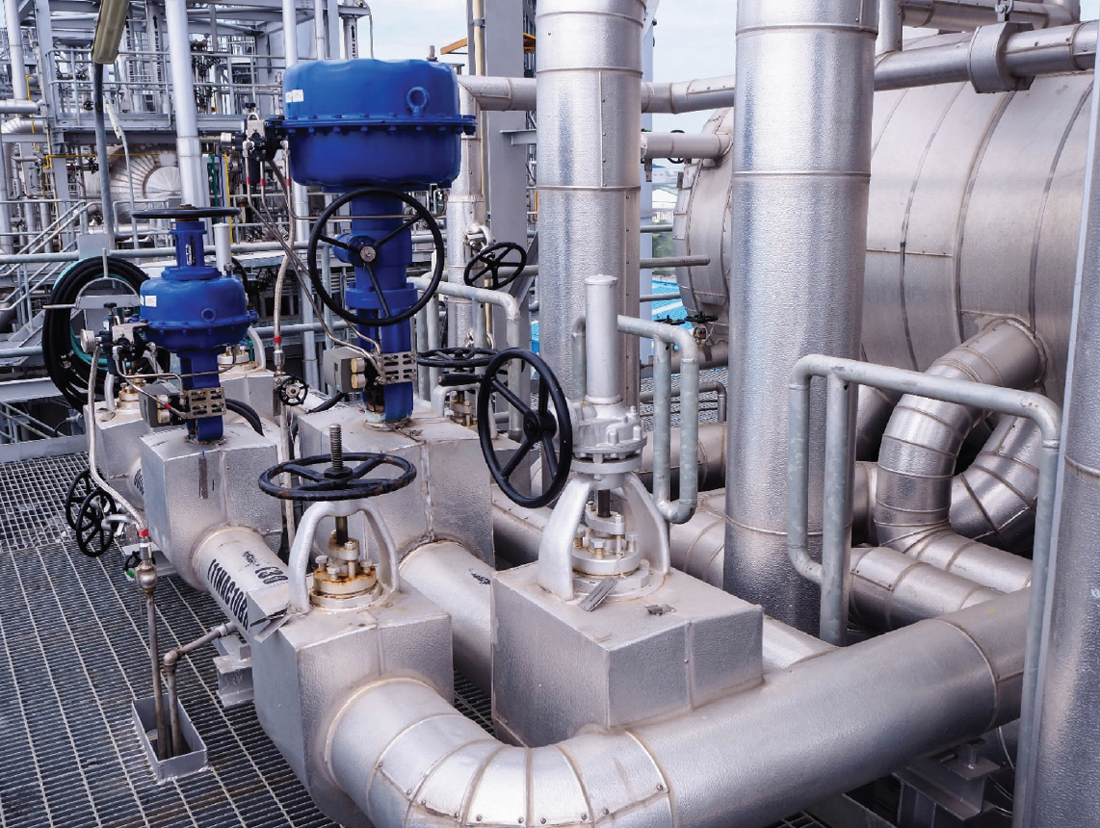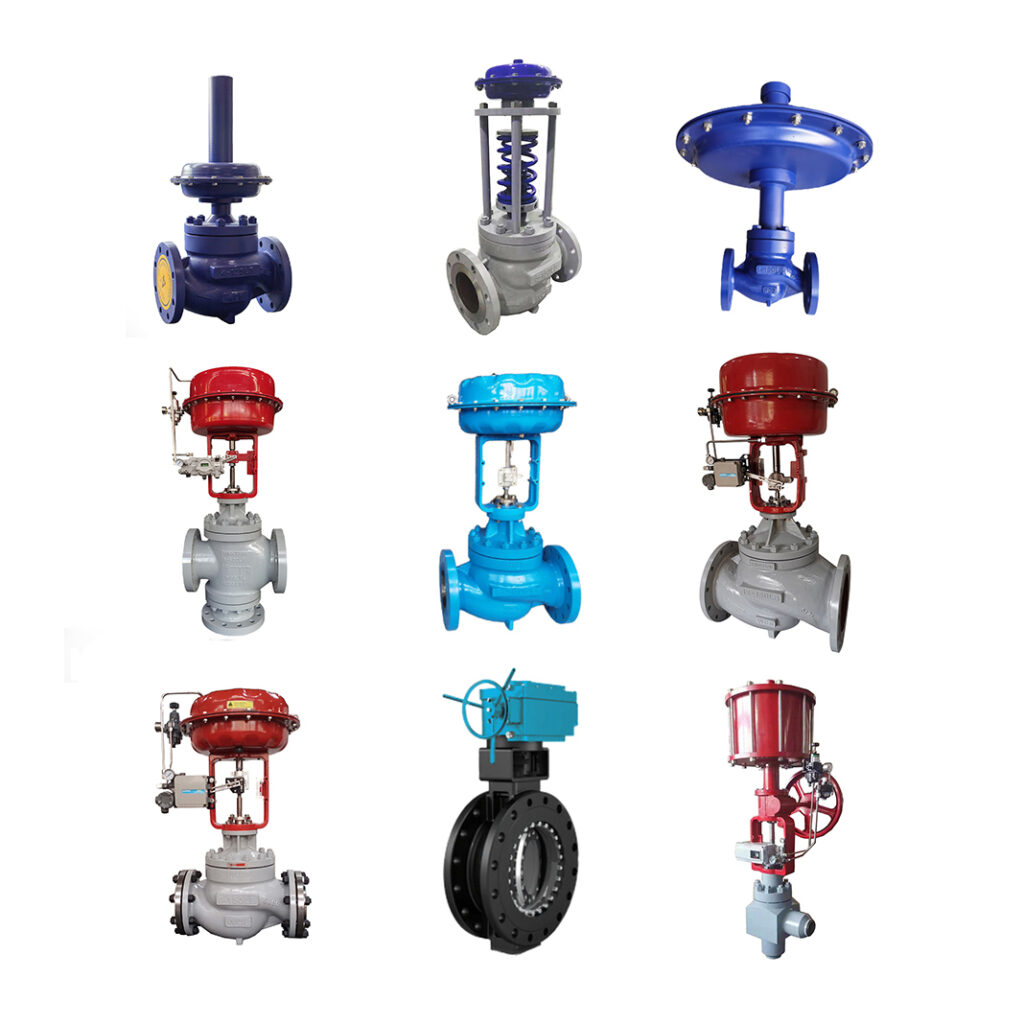Optimizing System Control with High-Performance Control Valves
Optimizing System Control with High-Performance Control Valves
Blog Article

Maximize Power Savings and Comfort With Advanced Building Automation Controls
In the realm of modern-day architecture and center monitoring, the integration of sophisticated building automation manages stands as a pivotal improvement. The convergence of modern technology and sustainability has actually birthed a brand-new age where energy efficiency, convenience optimization, and functional streamlining are no more achievable realities but distant goals. By utilizing the power of automation, structures can adapt, respond, and progress in methods that were as soon as unbelievable. The capacity for substantial power cost savings and enhanced convenience is not just a possibility but a pledge waiting to be met. This paradigm change in building management holds the key to opening a globe where ecological conscientiousness and owner well-being sympathetically coexist within the walls of our structures.
Energy Efficiency Conveniences
Energy effectiveness benefits can significantly minimize power usage and operational expenses in structures. By executing energy-efficient practices and modern technologies, building owners and drivers can attain substantial savings while additionally adding to ecological sustainability. One of the key advantages of improving energy effectiveness in structures is the decrease of utility costs. Energy-efficient systems, such as sophisticated structure automation controls, can maximize using sources like lighting, home heating, and air conditioning, resulting in reduced power costs with time.
Furthermore, improved power efficiency can lengthen the life expectancy of structure equipment and systems. By running extra efficiently, heating and cooling systems, lighting components, and other building parts experience less deterioration, causing reduced upkeep and replacement prices. Additionally, energy-efficient structures commonly command greater property values and rental prices, offering lasting economic benefits to owners.
In addition, energy efficiency can improve resident comfort and performance. Appropriately managed indoor atmospheres with optimal lights and thermal conditions create a more positive and favorable workspace, leading to improved staff member fulfillment and performance. Generally, the energy performance advantages connected with advanced building automation controls are diverse, incorporating expense financial savings, environmental stewardship, and owner health.
Enhanced Convenience Control
Enhancing comfort control in structure environments calls for a sophisticated integration of innovative automation systems for optimum owner wellness. By making use of sophisticated building automation controls, centers can customize the indoor atmosphere to satisfy the certain demands and preferences of residents. control valves.
By incorporating these advanced controls, buildings can not just boost convenience however also improve power performance by optimizing system procedures based on real tenancy and use patterns. Eventually, prioritizing occupant comfort with advanced automation systems leads to a more enjoyable and much healthier indoor atmosphere.
Operational Efficiency Improvements

In addition, the execution of real-time monitoring and analytics devices weblink makes it possible for building operators to determine power inefficiencies and operational abnormalities quickly. By continually monitoring energy use patterns and system efficiency metrics, changes can be made in real-time to maximize energy intake and guarantee peak operational effectiveness. control valves. In addition, incorporating need reaction techniques into structure automation controls can even more boost functional efficiency by dynamically changing power use based upon grid problems and pricing signals
Indoor Climate Optimization
Reliable indoor climate optimization is an essential element of structure automation controls, making certain occupants' convenience and health while maximizing energy cost savings. By using innovative sensors and controls, constructing automation systems can constantly adjust and keep track of temperature level, moisture levels, air top quality, and air flow to create an optimal interior environment. Maintaining consistent and comfortable problems not only boosts owner fulfillment yet likewise boosts efficiency and general wellness.
Indoor climate optimization likewise plays an essential function in power efficiency. By fine-tuning home heating, air flow, and air conditioning systems based upon real-time data and tenancy patterns, developing automation controls can substantially reduce power consumption - control valves. Executing techniques such as demand-controlled air flow and thermal zoning can assist minimize power waste while ensuring that each location of the building obtains the needed conditioning.

Sustainable Setting Development
Structure automation manages not only optimize interior climate problems for power efficiency and resident convenience however additionally lay the structure for developing a lasting environment via tactical monitoring of sources and systems. By incorporating advanced structure automation modern technologies, such as sensing units, actuators, and intelligent software application, centers can adjust and check energy use in real-time to decrease waste and decrease their carbon impact. These systems enable predictive upkeep, determining possible issues before they intensify and optimizing tools performance to enhance durability and performance.
Moreover, lasting environment development expands past power Your Domain Name administration to encompass water conservation, waste reduction, and indoor air high quality renovation. Structure automation controls can manage water use, discover leakages, and make certain correct garbage disposal practices, contributing to general sustainability efforts. In addition, by regulating and checking air flow and filtration systems, these innovations enhance passenger health and efficiency while decreasing power usage related to heating and cooling his explanation operations.
Final Thought
To conclude, progressed building automation manages offer substantial advantages in regards to energy savings, convenience control, functional effectiveness, indoor climate optimization, and creating a sustainable atmosphere. By executing these controls, buildings can achieve optimum efficiency while minimizing energy intake and enhancing passenger convenience. It appears that the usage of sophisticated automation technology is crucial in boosting building efficiency and producing a more lasting future.
Energy effectiveness benefits can substantially reduce power usage and functional prices in structures. In general, the power efficiency advantages linked with innovative building automation controls are complex, encompassing price savings, ecological stewardship, and occupant wellness.
Additionally, integrating need feedback techniques into building automation controls can additionally improve functional performance by dynamically readjusting power usage based on grid conditions and prices signals.
Building automation manages not only enhance interior environment problems for energy effectiveness and passenger convenience but also lay the foundation for creating a lasting setting with strategic management of systems and resources.In conclusion, advanced structure automation controls deal significant advantages in terms of power savings, comfort control, operational efficiency, interior environment optimization, and producing a lasting environment.
Report this page